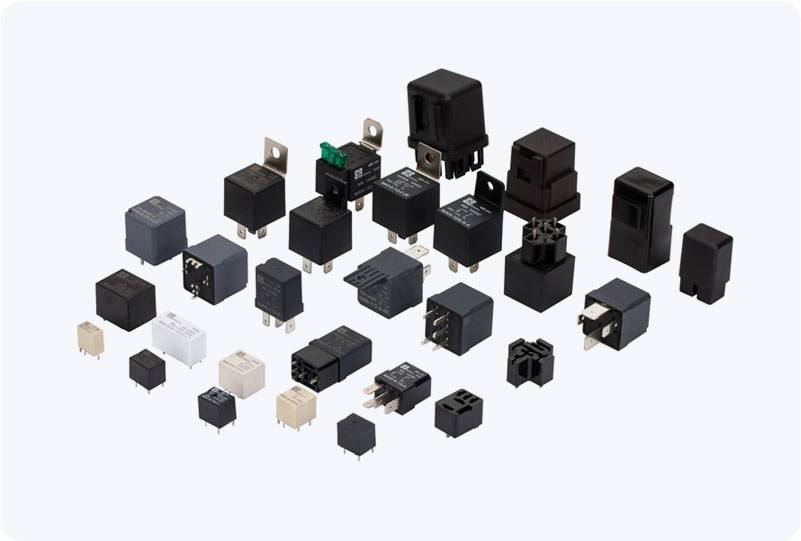understanding temperature control relay: applications and benefits
Release time:2025-06-14 17:17:17
A Temperature Control Relay (TCR) is an essential component in modern electrical and automation systems, designed to monitor and regulate temperature within a specific range. This device plays a crucial role in protecting equipment, optimizing processes, and ensuring energy efficiency in various industries and household appliances. In this article, we will explore the working principle, applications, and benefits of Temperature Control Relays, as well as their significance in maintaining safety and efficiency.

Working Principle of a Temperature Control Relay
A Temperature Control Relay functions by continuously monitoring the temperature through an integrated temperature sensor, such as a thermistor or thermocouple. Once the temperature reaches the set threshold, the relay activates or deactivates an electrical circuit to control heating or cooling mechanisms. It can operate as a single-stage or multi-stage system, depending on the complexity of the application.
Typically, a Temperature Control Relay is equipped with two main settings:
Setpoint Temperature: The desired temperature threshold, where the relay triggers a response once it is reached.

